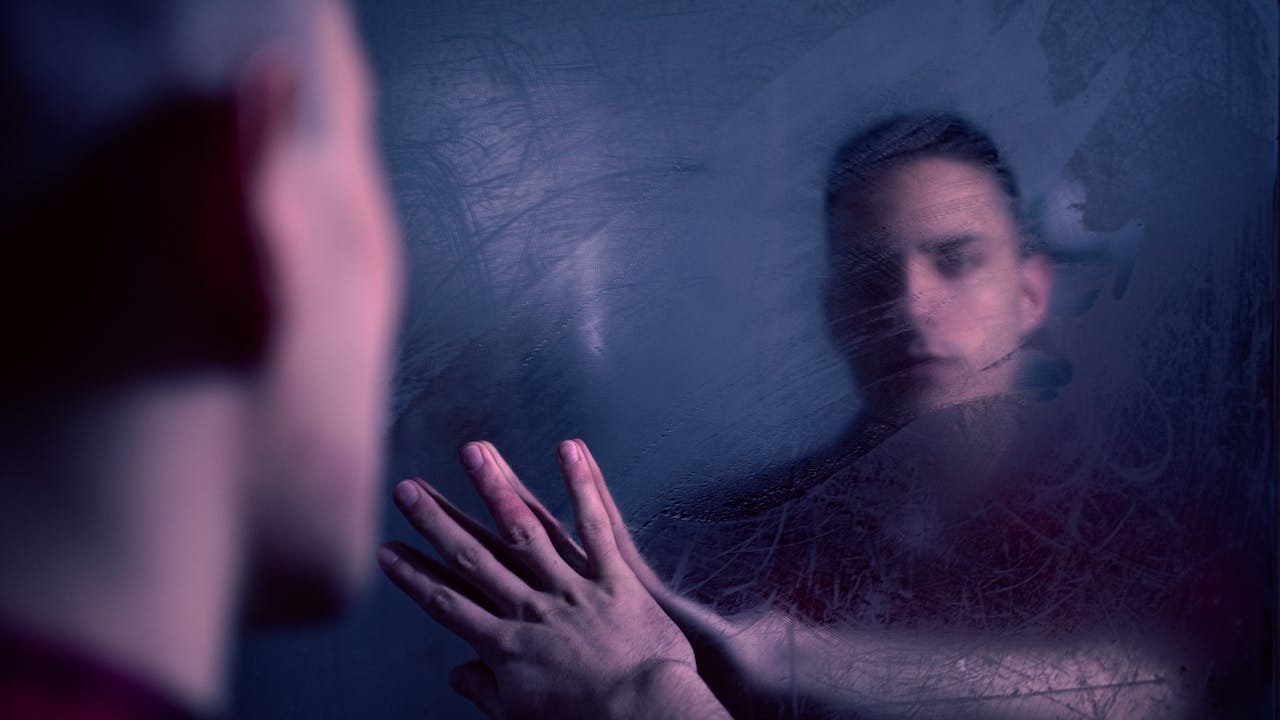Have you ever spoken with someone who seems convinced they’ve cracked the ultimate code of reality? I’ve met people who carry themselves as if they alone see the hidden truths beneath the surface. Especially in uncertain times—like the Covid lockdowns or the massive shifts we’re experiencing now—we instinctively seek guidance from those who speak with unwavering confidence. Their certainty can feel reassuring, offering a sense of stability we crave, whether or not it’s truly grounded.
Yet, there’s something unsettling about these conversations. Beneath the surface of their insights often lies a subtle self-righteousness—an implicit message that if you don’t see things their way, you’re still “asleep.” We saw this dynamic play out in debates about social distancing, masks, and vaccines, where rigid beliefs clashed, each side convinced of its own higher awareness. The irony is that certainty—whether rooted in science or a rejection of it—often masks deeper discomfort.
This is an example of spiritual bypassing, where beliefs—whether scientific, religious, or mystical—become a way to sidestep deeper emotional truths. Instead of sitting with uncertainty, we grasp onto absolutes. Instead of facing our own fears, we project them onto others. It’s easier to feel “right” than to confront the shadows within ourselves.
Facing the Mirror
You may recognize this pattern in those who maintain a relentless positive façade, preaching “love and light” but withdrawing when emotions get raw. Or in friends who promise deep connections yet always seem “too busy.” Maybe you know someone constantly chasing the next peak spiritual experience—traveling from one retreat to another, searching for transcendence—while avoiding the real work of looking inward.

But that’s the thing: you have to polish the mirror.
The hardest part is recognizing these patterns in ourselves. It takes genuine self-awareness to see when we, too, are using avoidance—whether through distraction, external validation, or even spiritual ideals. This requires the courage to pause and honestly examine our behaviors.
Recently, I confronted a part of myself I thought I had already resolved: the cycle of fear, obligation, guilt, and shame—FOG. A few months ago, I had promised to help a close friend with a technical issue but failed to follow through. As time passed, my discomfort grew, and rather than communicate openly, I withdrew. The longer I avoided the conversation, the more FOG took hold. Thankfully, my friend’s patience and kindness gave me space to take responsibility and start to repair the connection.
Through this experience, I saw firsthand how facing the shadow transforms us. When I observe my reactions, track my behaviors, and recognize my patterns, I begin to shift them. As I do this, my reality responds differently: people are less reactive to me, they sense my steadiness, they feel reassured, and they can count on me in a deeper way. This shift creates a new dynamic—one where chaos gives way to stability, and relationships become more authentic and harmonious.
At this stage, self-awareness moves from personal growth (Green) into systemic understanding (Yellow). We see how our inner work directly shapes the world around us—how our presence affects others, how our patterns ripple outward, and how responsibility replaces blame.
But there is another step beyond this.
From Integration to Interconnection
True awakening isn’t about endlessly chasing transcendence. It unfolds through continuous reflection, deep acceptance, and practical steps rooted in reality. After awakening, we still chop wood and carry water—but we do so with greater clarity, presence, and purpose. More importantly, we clean up, grow up, and show up.
But what happens when we go even deeper?
As we integrate our shadows, something profound occurs: the illusion of separateness begins to dissolve. We stop seeing others as projections of our fears or mirrors for our wounds. Instead, we begin to recognize ourselves in everything. The same consciousness moving through me moves through you, through the earth, through life itself.
At this level, awareness expands beyond self-mastery (Yellow) into interconnected flow (Turquoise).
Integration is no longer just personal—it is collective. When individuals heal, relationships heal. When relationships heal, communities stabilize. When communities stabilize, systems evolve.
Spirituality, then, is no longer an escape. It is an embodied presence. It is a way of being—one that harmonizes rather than resists, flows rather than controls.
This is the rhythm of existence—creation, dissolution, renewal. It is the pulse of life itself. This is Tandava, the living dance.
As we stop projecting our shadows onto others, we stop seeing the world as something to fix, conquer, or prove. Instead, we surrender into the intelligence of life itself. We trust that every moment—light or dark—is part of a greater unfolding.
We no longer seek certainty.
We simply allow.
And in that allowing, we move in harmony with life itself. We simply learn to be present, again and again.
Note: This article subtly follows the progression of human consciousness described in Spiral Dynamics—a model of psychological and cultural evolution. The themes move from personal emotional awareness (Green) to systemic self-mastery (Yellow) and ultimately to interconnected flow (Turquoise), reflecting a broader shift in consciousness.




"Through this experience, I saw firsthand how facing the shadow transforms us. When I observe my reactions, track my behaviors, and recognize my patterns, I begin to shift them." - I love this. I have been living this process since the events of 2020 and what a journey. Beautiful summary of learning to be with and embrace and eventually transmute our shadows. The great art of allowing.
Love love your writing. I resonate with all that you have said. Gosh love this. Thank you!